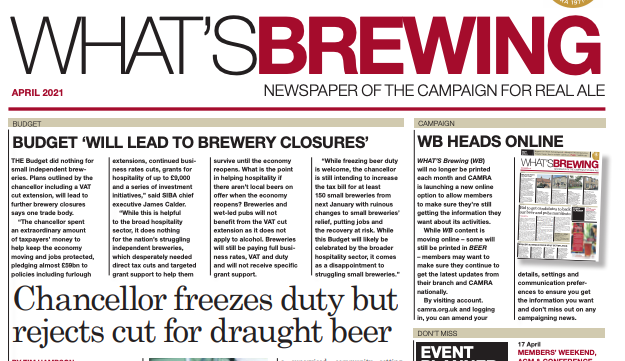Can the Crooked House rise again?

There has rightly been vocal outrage about the sorrowful demise of the Crooked House in Himley this month. The pub was sold from the Marston’s portfolio to a private developer, with the landlord handing over his keys on 18 July.
On the evening of 5 August, firefighters and police were called to attend a blaze at the building. “Mounds of dirt” reportedly hampered the emergency services’ access, but the fire was put out.
South Staffordshire Council carried out a site visit and recommended “the removal of three elements of the first-floor front elevation only” to make the structure safe. Despite this, within 48 hours, what remained of the building was bulldozed into rubble by heavy machinery that was reportedly hired before the fire had even occurred.
There has been plenty of speculation about how and why this sad series of events took place. Many have used it as a stick to beat locals with – “if it was making money, then Marston’s wouldn’t have sold it in the first place”. In fact, Marston’s has confirmed that the Crooked House was sold as a going concern, one of 61 properties it had on the market. Some of those pubs have been up for sale for many years, still operating in the meantime. No doubt it wasn’t making a fortune, not many pubs are right now. But the current publican had only been in the job since September 2022 and was working on building up trade.
But, speaking as a former heritage professional, that isn’t really the point. Whether or not the business was viable, the Crooked House was a unique, quirky, significant building that deserved to be protected. Indeed, whether or not it continued operating as a pub, those characterful bricks were special.
Built in 1765, mining subsidence slowly caused a signature lean, resulting in wonky walls and infamous optical illusions, like marbles appearing to roll uphill. The building started life as a farmhouse and became a pub, the Glynne Arms, in around 1830.
After being buttressed in the 1910s, It was condemned in the 1940s before being rescued by Wolverhampton and Dudley Breweries, which strengthened the buttresses with steel rods, making the building safe and stable.
It’s even survived fire before, with the first floor and the roof suffering damage in 1986, which cost £360,000 to repair. So what next for the Crooked House, now just a lamentable pile of smouldering bricks and twisted metal?
The police are treating the case as arson and the planning authority is considering whether the demolition was lawful. As such, some people are pointing to the case of the Carlton Tavern in Westminster, where a developer was ordered to rebuild the site “brick by brick” after its demolition was judged to be illegal.
I wanted to know if creating a “facsimile” of the Crooked House (a term used in the official documentation for the Carlton Tavern) would even be feasible, so I spoke to Sarah Khan, a partner at Roger Mears Architects LLP in London. Sarah is on the register of Architects Accredited in Building Conservation and with the Royal institute of Architects at the specialist conservation level.
“The case of the Crooked House has some key differences to the rebuilding of the Carlton Tavern,” she said. “The Carlton was properly measured and recorded with a building survey before demolition, but this was not the case in Himley. How accurate a record can we piece together of what existed there before?
“On top of that, you have to consider the fire damage prior to demolition, and there are reports that bricks are already being scavenged from the site. How much usable material could be salvaged and cleaned up enough to rebuild?”
And even this is only the thin end of the wedge. After all, the Crooked House was, well, pretty crooked. Throw enough money about and you can theoretically build anything – even something that is wonky. But the original sloping was organic, it took time and mitigation along the way. Engineers would have to assess the current soil conditions and consider how to deal with the possibility of ongoing movement, which may potentially be different, in any new structure.
Sarah explained that should any practical plan to rebuild crystallise in the future, there are three likely scenarios: “It could be rebuilt, brick by brick, as far as that is possible. You could make something entirely new on the same site. Or you could find an imaginative way of capturing the spirit of the building but in a new way. That would need creativity, sensitivity and a deep understanding of what the local community wants from the building.”
None of these options are cheap or fast, but the fall of the Crooked House is already a defining cultural moment. It has raised the profile of pub heritage, provoked questions about the planning system and made us wonder why some historic pub buildings are excluded from the legal protection that listed status should afford them. National treasure Pam Ayres has even written a poem about it all.

 view archive
view archive
 view events
view events